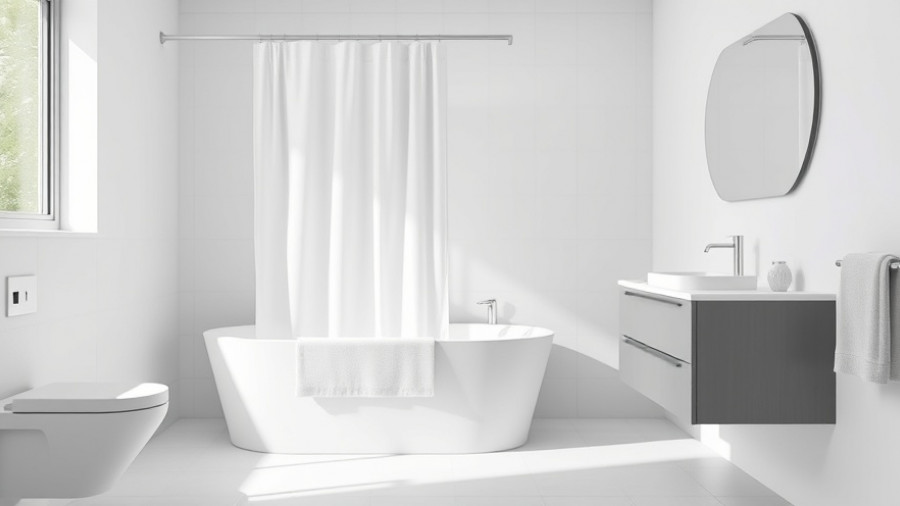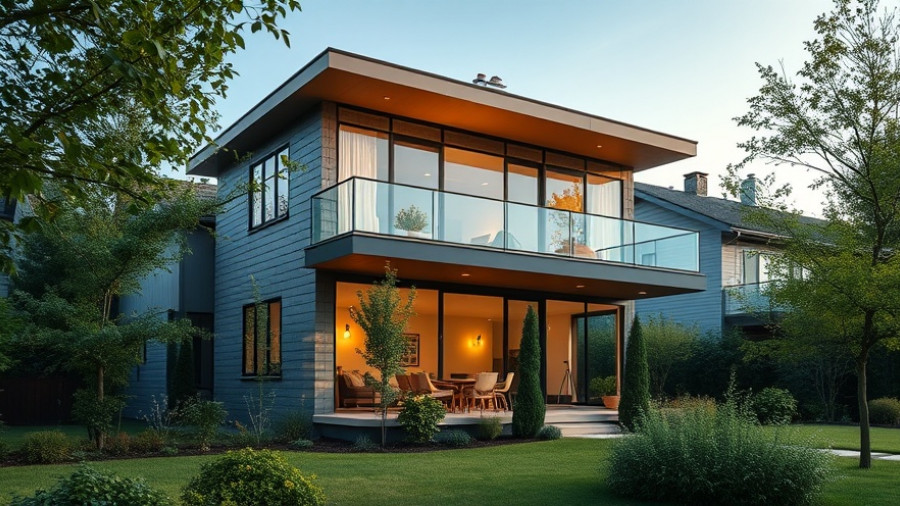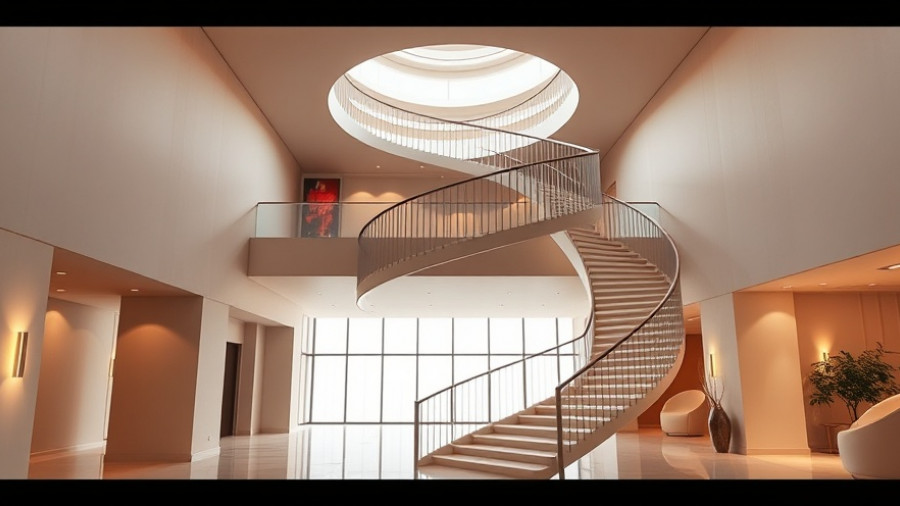
Reimagining Kitchens with Color-Stained Wood
The kitchen is the heart of the home, and recent trends show a shift towards innovative design that embraces color-stained wood instead of traditional paint finishes. This approach marries aesthetic quality with practical benefits, creating a unique, textured look that enhances the warmth and personality of the space. Kitchens designed with tinted linseed oils and rich pigments allow homeowners to revel in the beauty of natural wood grain while adding striking color to their interiors.
Why Choose Pigment Over Paint?
Color-stained kitchens present a sensibility that transcends typical painting techniques. Unlike paint, which can obscure the natural characteristics of wood, color-staining employs oils that accentuate these traits. As noted in recent designs, linseed oils not only provide vibrant hues but also preserve the grain and texture inherent in the wood, promoting a tactile experience that paint simply cannot replicate. This is a resourceful and environmentally friendly move; many of these pigments have low VOC content and affordable alternatives, making this trend both cost-effective and sustainable.
Inspiration from Global Design Trends
Take note of global kitchens that innovate through color staining. For instance, a striking kitchen designed by the Welsh studio Rural Office utilized a light gray wash to showcase the natural variation of ash wood. This design decision highlights how even subtle applications can yield extraordinary results. Furthermore, the stunning yellow pantry integrated into the kitchen of designers Seb and Brogan Cox celebrates British ash, illuminating how bright colors can add cheer without overwhelming the senses.
Real-World Applications and Case Studies
Let’s explore some remarkable examples from cities known for their architectural flair. In Lisbon, a kitchen with mid-green stained plywood cabinets showcases the creativity that comes from blending wood finishes with vibrant colors. Meanwhile, a Berlin kitchen featuring forest green linseed-stained cabinets provides a rich backdrop against green marble, exemplifying how color can harmonize with other elements in a kitchen.
Future Trends and Sustainability in Design
As we look to the future, the increasing popularity of color-stained finishes may lead to more sustainable practices in design. Homeowners are more conscious about using materials that not only beautify but also lower their environmental footprint. With the rise of DIY projects aided by online resources, many are eager to experiment with these techniques themselves.
Challenges and Considerations
While color-stained wood kitchens hold unique benefits, they also require careful consideration. Choosing the right pigments and oils is essential to achieving a desired finish that not only looks good but wears well over time. Proper application and maintenance are crucial in keeping these surfaces vibrant and functional, presenting a small challenge to those unfamiliar with such materials.
Conclusion
Transitioning to a color-stained kitchen is not just a design choice; it’s a commitment to a more tactile, sustainable, and aesthetically pleasing home environment. Homeowners looking to infuse vibrant color and texture into their kitchens will find that the pigment route can yield exceptional results while reinforcing sentimental value through natural materials. So why not take that bold plunge and transform your kitchen into a colorful sanctuary that not only speaks of style but also resonates with warmth and creativity?
 Add Row
Add Row  Add
Add 




Write A Comment